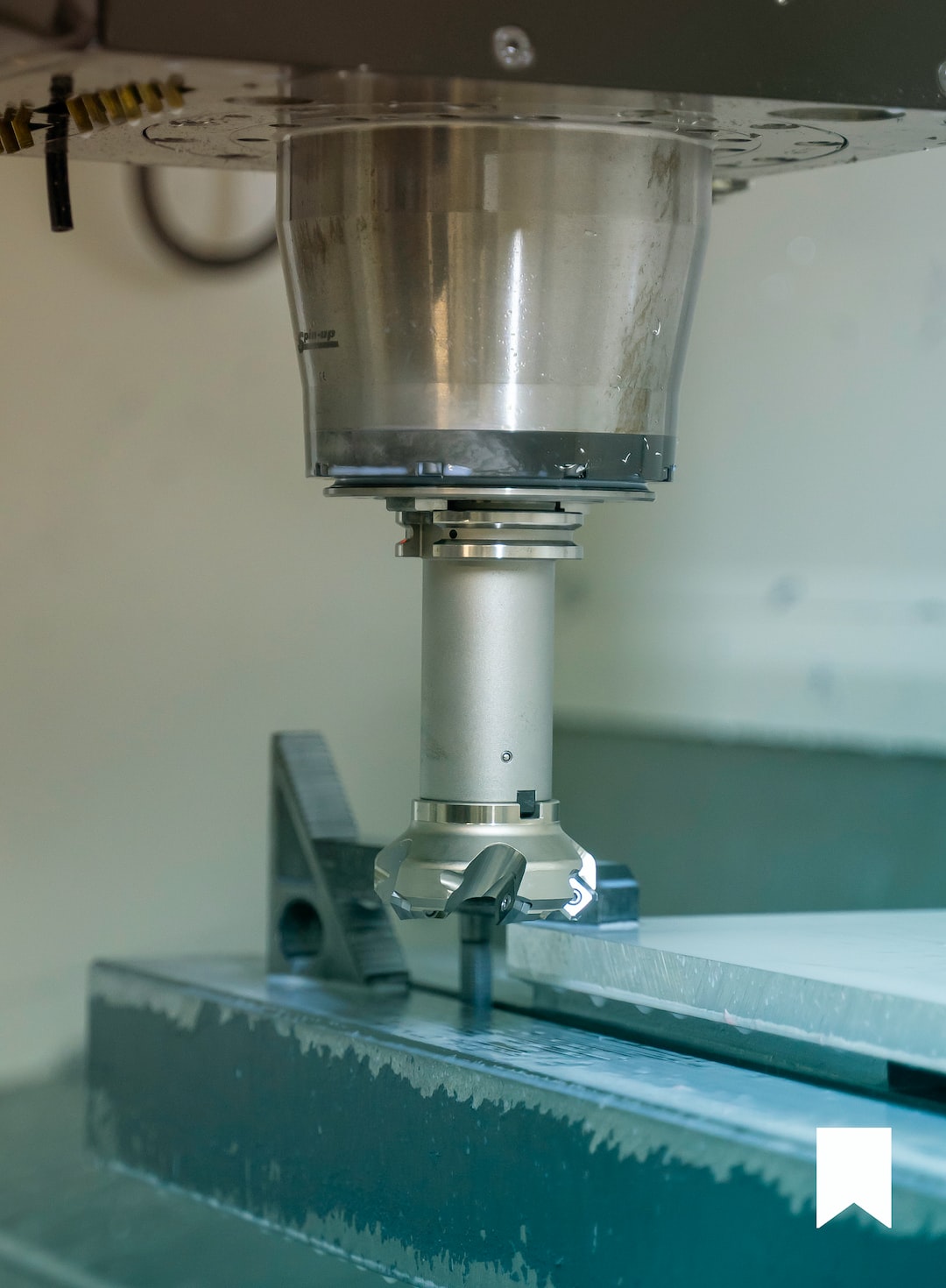Exploring the Different Types of Manufacturing Processes
Manufacturing is an essential industry that plays a crucial role in the production of goods and materials that we use in our daily lives. From the clothes we wear to the cars we drive, manufacturing processes are responsible for transforming raw materials into finished products. However, not all manufacturing processes are the same. There are different types of manufacturing processes, each with its unique characteristics and applications. Let us delve deeper into this fascinating world and explore some of the most commonly used manufacturing processes today.
1. Casting: Casting is one of the oldest manufacturing processes and involves pouring molten material into a mold to solidify and take shape. It is widely used for producing metal and plastic components such as engine blocks, pipes, and sculptures. Casting allows for complex shapes, but the process may require post-processing to achieve the desired surface finish and accuracy.
2. Forming: Forming processes involve shaping materials without melting or cutting them. This category includes processes like forging, rolling, and extrusion. Forging, often used in the production of metal parts, involves applying pressure and heat to shape materials. Rolling, on the other hand, uses a pair of rollers to shape metal sheets into desired thicknesses. Extrusion finds its application in producing long objects with a consistent cross-section, such as pipes and rods.
3. Machining: Machining processes involve removing material from a workpiece to achieve the desired shape and size. This can be done using various methods, such as cutting, drilling, milling, and grinding. Computer Numerical Control (CNC) machines have revolutionized machining processes by allowing for precise and automated operations. Machining is commonly used in industries like automotive, aerospace, and electronics.
4. Welding: Welding is a process that joins two or more pieces of metal by melting them together. It is widely used in the construction, automotive, and shipbuilding industries. There are various welding techniques, including arc welding, gas welding, and resistance welding. Welding requires skill and expertise to ensure strong and durable bonds between the material.
5. Additive Manufacturing: Additive manufacturing, also known as 3D printing, is a relatively new manufacturing process that involves building objects layer by layer using digital design files. This process eliminates the need for molds and allows for the production of complex and customized products. Additive manufacturing is finding applications in various fields, including healthcare, aerospace, and rapid prototyping.
6. Assembly: Assembly processes involve combining individual components to create a finished product. This can be achieved through manual labor or automated assembly lines. Assembly processes are used in industries like electronics, automotive, and consumer goods. The focus is on efficient and precise assembly to ensure product quality and reliability.
Each manufacturing process has its pros and cons, and the selection depends on factors such as cost, desired production volume, material properties, and product complexity. Some projects may require multiple processes for different stages of production or to achieve specific features. Manufacturers continually innovate and explore new techniques to improve efficiency, reduce costs, and enhance product quality.
In conclusion, exploring the different types of manufacturing processes provides us with a deeper understanding of how the products we use every day are made. From casting and forming to machining and welding, each process brings its own unique benefits and challenges. With advancements in technology and the emergence of additive manufacturing, the world of manufacturing continues to evolve, offering new possibilities and opportunities for industries worldwide.

